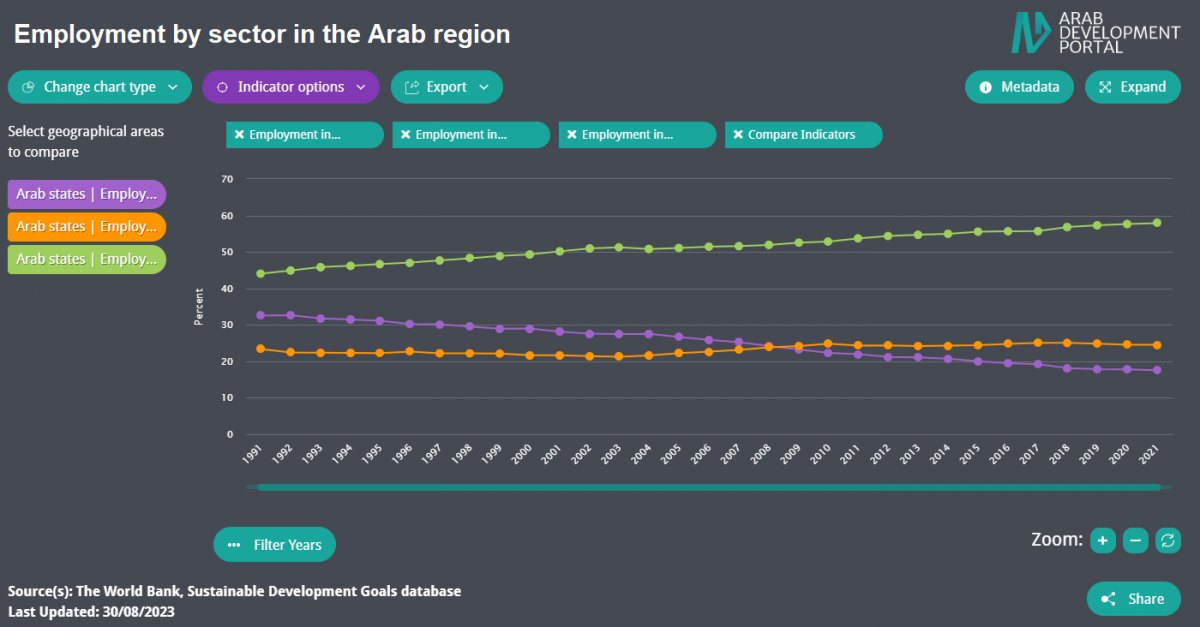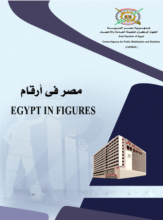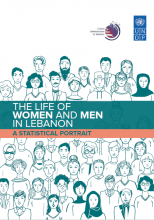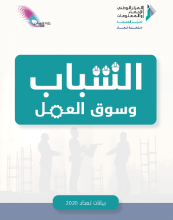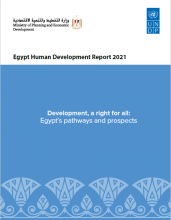Labor and Employment
Demographic trends and natural resources have long affected the Arab region’s labor market. With the protracted conflicts that hit the region since 2011, major repercussions have been witnessed in several Arab countries, such as Syria, Iraq, Yemen, Libya, Somalia, Palestine, and Lebanon. Additional challenges faced the Arab region resulting from the fluctuating oil prices and Coronavirus outbreak along with different structural challenges in the economies. Despite the widening disparities, the Arab countries continue to share common labor market features and face similar challenges. The challenges that mark the labor market are in general related to low labor force participation, especially among women, high unemployment rates, especially among youth, large but decreasing shares of public sector employment, and high prevalence of informal employment.
ILO estimates show that the labor force participation rate in the region in 2022 at 45.95 percent, is significantly lower than the global average of 59.89 percent, mostly due to low participation rates of women at 19.66 percent.[1] Despite the slight improvement in labor force engagement in the past years except in 2020, less than half the labor force is actively engaged in the labor market in 2022 in 16 Arab countries. This rate is the lowest in countries such as Djibouti (31.38 Percent), Somalia (33.96 Percent) and Yemen (38.3 Percent) and the highest in the GCC countries, reaching 88.29 percent and 82.2 percent in Qatar and the United Arab Emirates respectively.[1] This is explained by the fact that the latter are labor importers. The labor force participation rate of men (70.27 percent) is 3.5 times that of women in the Arab region (2022). In Yemen, male labor force participation rate is more than 11 times higher than the female labor force participation rate, registering only 6.19 percent. [1]
There is a wide mismatch between labor supply and labor demand resulting in high unemployment rates in many countries, especially among youth. This mismatch is largely the result of the structure of the economy in most countries, whereby it is locked into low-value-added activities. According to ILO-modelled estimates, unemployment in the Arab region is estimated at 10.66 percent in 2022,[1] Almost twofold (1.8 times) the world average of 5.77 percent.[1] While unemployment rates are alarming in some Arab countries—namely 25.7 percent in Palestine and 27.9 percent in Djibouti—GCC countries have very low unemployment rates, with Qatar registering the lowest rate in the world at 0.095 percent.[1] Noting that the region witnessed higher rates in 2020 and 2021 (11.34 and 11.02 percent) due to the economic recessions and the outbreak of COVID-19 and the resulting lockdown.[1]
The Arab region is characterized by a young and well-educated population with 58 percent of the population below the age of 30.[2] However, the lack of job creation and the mismatch between the highly educated new entrants into the labor market and the market needs has led to high youth unemployment, especially among women and the more educated. The youth unemployment rate in the region was estimated at almost 26.68 percent in 2022.[1] Only 5 countries have registered youth unemployment rates lower than the world average of 15.58 percent, the 5 are GCC countries.[1]
Cultural and social norms, as well as structural obstacles, limit women’s participation in the labor market. Women in the Arab region face a higher risk of unemployment and they still face high barriers to entry into the labor market. In 2022, the female unemployment rate registered 19.9 percent which is still very high compared to men’s unemployment rate at 8.27 percent and to a world average of 5.79 percent. [1] The female youth unemployment rate registering 43.37 percent, is the highest in the world in 2022.[1]
Although in 2020, 40 percent of the population in the Arab Region was covered by at least one social protection benefit[3], on average less than a third of the region’s labor force contributes to social security [4] with most social insurance schemes only covering public and private sectors employees that have regular contracts,[4] while public sector workers enjoy more generous social insurance schemes and attractive financial benefits and stability.[4] This has led to the public sector being the preferred source of employment for job seekers in the Arab region, especially in the GCC countries, absorbing most of the national employment, despite all the reforms and policies supporting national employment in the private sector.
The role of the informal sector in the economy has been a persistent feature of the Arab economies. Job creation has been always shaped by the low productivity and informal sector. According to ESCWA and ILO (2021), 64 percent of the total employment in the Arab region is informal, with poor working conditions and limited job stability.[5]
The labor market in the Arab region is subject to some serious fluctuations due to economic challenges. The drop in oil prices, the outbreak of COVID-19, high debt ratios, and budget deficits leading to the contraction of the existing low-productive Arab economies had severe consequences on the employment prospects across all sectors. The services sector, employing 57.9 percent of total employment in comparison with 24.52 percent for the industry and 17.55 percent for the agricultural sector, is the most severely affected, leading to a drastic reduction in working hours, wage cuts, and layoffs.[1]
This overview has been drafted by the ADP team based on the most available data as of August 2023.
Sources:
[1] The World Bank. 2023. World Development Indicators. [ONLINE] Available at: https://databank.worldbank.org/source/world-development-indicators/preview/on [Accessed 08 August 2023].
[2] ADP calculations are based on data extracted from the Population Division of the Department of Economic and Social Affairs of the United Nations Secretariat. 2023. World Population Prospects. [ONLINE] Available at: https://population.un.org/wpp/ [Accessed 09 August 2023].
[3] ILO. 2023. ILOSTAT database. [ONLINE]. Available at: https://www.ilo.org/shinyapps/bulkexplorer25/?lang=en&id=SDG_0131_SEX_SOC_RT_A [Accessed 09 August 2023].
[4] ILO. Social security, fact and figures. [ONLINE] Available at: https://www.ilo.org/beirut/areasofwork/social-security/lang--en/index.htm [Accessed 09 August 2023].
[5] ESCWA and ILO. 2021. Towards a Productive and Inclusive Path: Job creation in the Arab Region [ONLINE] Available at: https://www.ilo.org/wcmsp5/groups/public/---arabstates/---ro-beirut/documents/publication/wcms_817042.pdf [Accessed 09 August 2023].
Data Highlights
-
Employment share is the highest in services followed by industry then by agriculture
